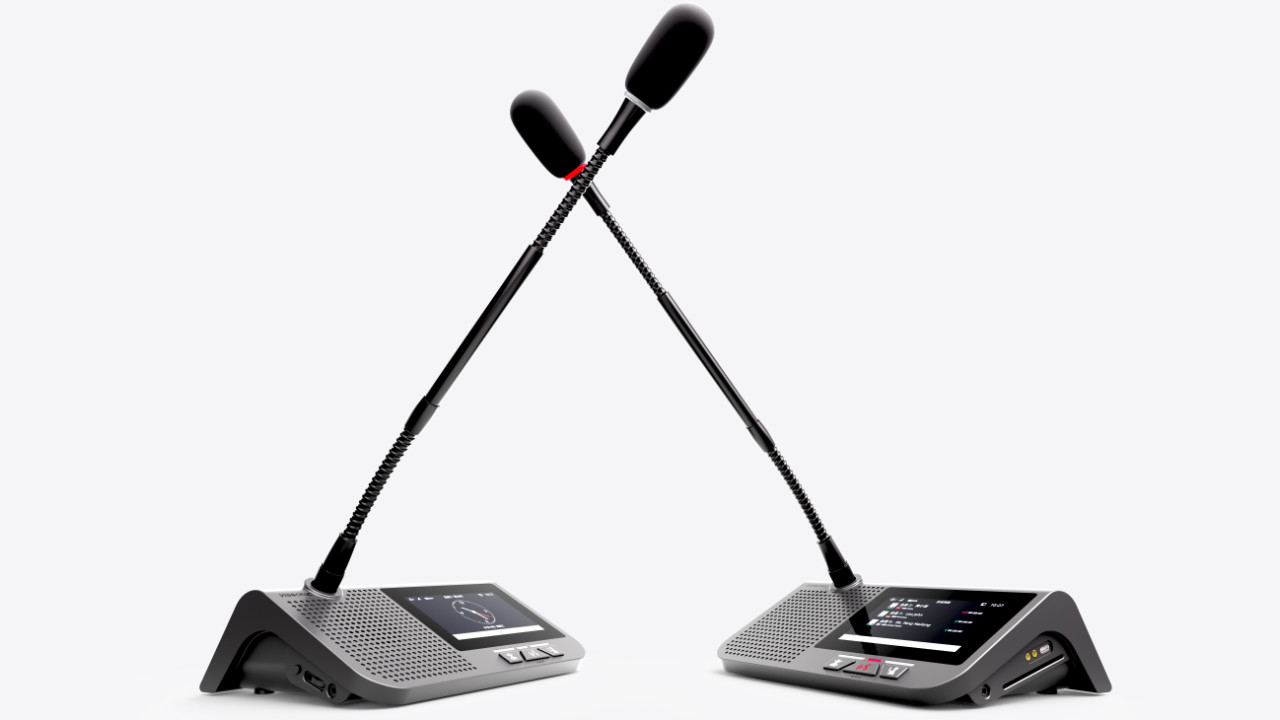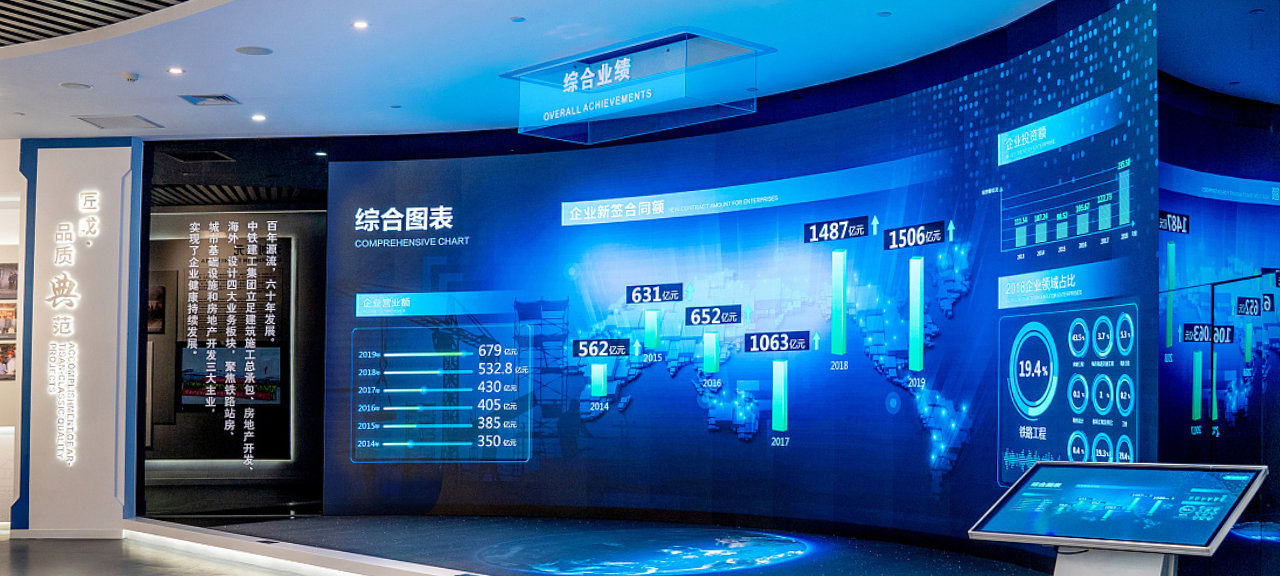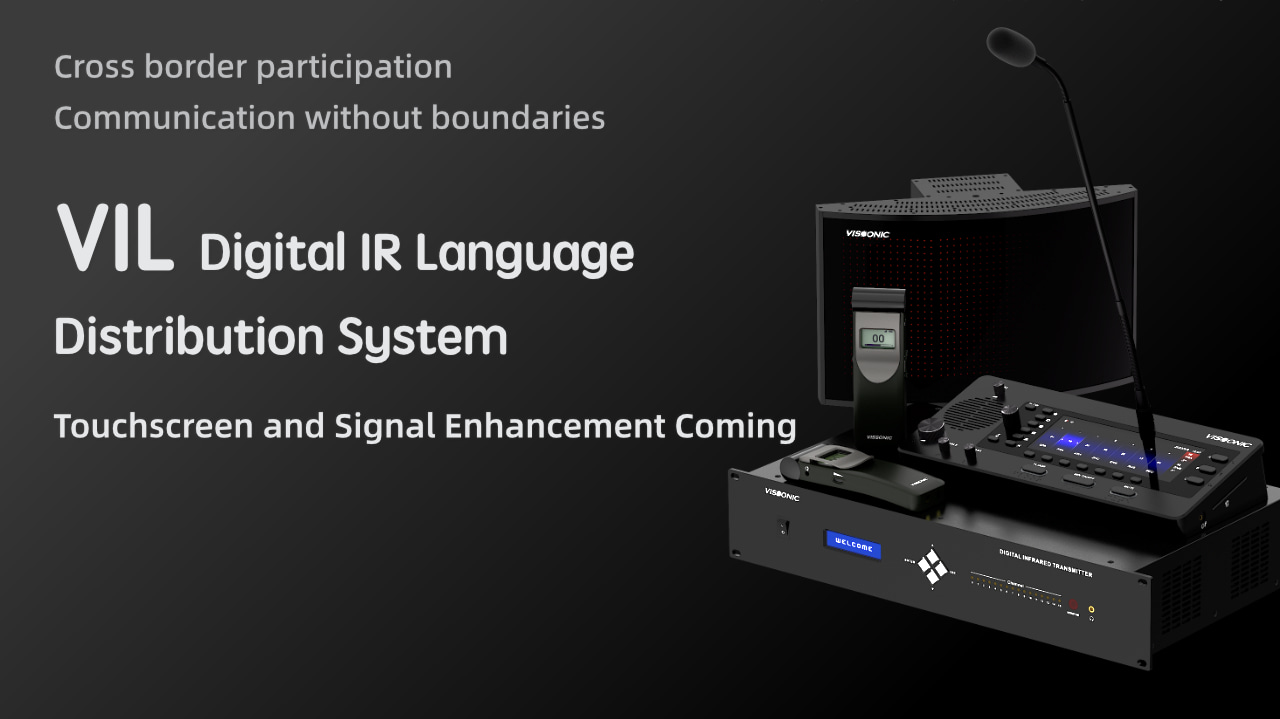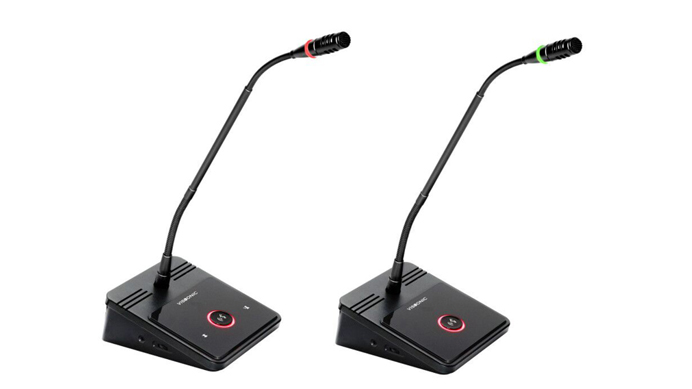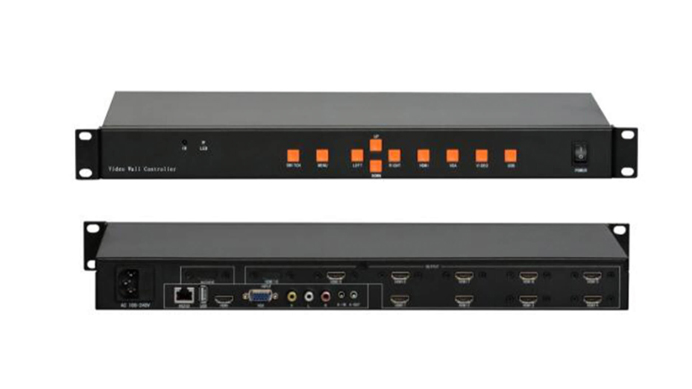Buyers' Guide to Wireless Video Conferencing
Wireless video conferencing has become an essential tool for modern businesses, enabling seamless communication and collaboration among remote teams, clients, and partners. When selecting a wireless video conferencing solution, it's important to consider various factors to ensure it meets your organization's needs. This buyers' guide will help you navigate the key considerations when choosing a wireless video conferencing system.
1. Compatibility and Integration
Ensure that the wireless video conferencing solution is compatible with your existing technology infrastructure. It should integrate seamlessly with your operating systems, devices, and collaboration software, such as Zoom, Microsoft Teams, or Cisco Webex. Compatibility reduces setup time and enhances the user experience.
2. Video and Audio Quality
High-quality video and audio are crucial for effective communication. Look for a wireless video conferencing system that offers HD video resolution and supports clear, echo-free audio. Features like noise cancellation, microphone arrays, and high-fidelity speakers contribute to superior audiovisual experiences.
Full Digital Wired Discussion Unit with Physical Button
3. Wireless Connectivity
Consider the wireless connectivity options provided by the system. Look for Wi-Fi and Bluetooth compatibility, as well as support for multiple wireless standards. A robust wireless connection ensures stable and reliable video conferencing sessions, even in bandwidth-intensive environments.
4. Device Compatibility
Check whether the wireless video conferencing solution is compatible with a variety of devices, including smartphones, tablets, laptops, and desktop computers. Cross-device compatibility allows participants to join meetings from their preferred devices, enhancing flexibility and accessibility.
5. Ease of Setup and Use
Choose a wireless video conferencing system with an intuitive and user-friendly interface. Quick and easy setup, along with simple control options, ensures that participants can start and join meetings without technical hurdles. Consider systems that offer one-click meeting initiation.
6. Security Features
Security is paramount in wireless video conferencing, especially for sensitive discussions and data sharing. Look for systems that offer end-to-end encryption, secure authentication methods, and the ability to control access to meetings. Regular software updates are also important to address security vulnerabilities.
7. Scalability
Consider your organization's scalability needs. A wireless video conferencing solution should be able to accommodate the growth of your business, whether that means supporting more users, additional meeting rooms, or larger virtual events. Scalability ensures long-term value.
8. Collaboration Features
Assess the collaboration features offered by the wireless video conferencing system. Look for capabilities such as screen sharing, document sharing, virtual whiteboards, and chat functionality. These features enhance engagement and productivity during meetings.
9. Budget and Cost
Determine your budget for a wireless video conferencing system, taking into account not only the initial hardware and software costs but also ongoing subscription fees and maintenance expenses. Evaluate the long-term return on investment (ROI) based on your organization's needs.
10. Support and Training
Check the availability of customer support and training resources from the wireless video conferencing provider. Reliable support can be critical in resolving technical issues and ensuring system uptime. Training resources help users make the most of the system's features.
Conclusion
Selecting the right wireless video conferencing solution is essential for enhancing communication, collaboration, and productivity within your organization. By considering factors such as compatibility, audiovisual quality, wireless connectivity, device support, ease of use, security, scalability, collaboration features, budget, and support options, you can make an informed decision that aligns with your organization's goals.
Consult with wireless video conferencing experts or solution providers to explore tailored solutions that meet your specific needs and help you make the most of this essential technology for modern business communication.

